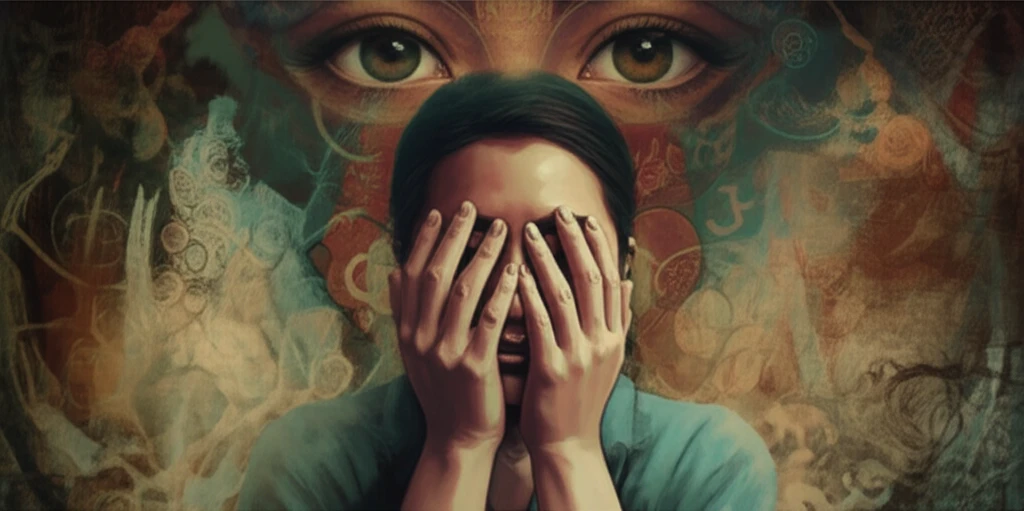
Unlocking the Mind: How Psychoanalysis Can Complement Psychiatric Treatment
"A Collaborative Approach to Understanding Schizophrenia"
Mental health care often presents clinicians with intricate challenges, demanding a comprehensive understanding of the patient's condition. While psychiatric treatment provides a crucial foundation, complementary approaches can significantly enhance diagnostic accuracy and therapeutic effectiveness. One such approach involves integrating psychoanalytic techniques into the treatment process.
Psychoanalysis, with its emphasis on exploring the unconscious mind and understanding the patient's subjective experience, can offer unique insights that traditional psychiatric assessments might miss. By combining the structured framework of psychiatry with the in-depth exploration of psychoanalysis, clinicians can develop a more holistic and nuanced understanding of the patient's mental state.
This article explores a case study where the integration of psychoanalysis proved invaluable in diagnosing and treating a young woman with schizophrenia. By examining the collaborative efforts of psychiatrists and a psychoanalyst, we will uncover how this combined approach led to a more accurate diagnosis, improved patient care, and enhanced training for medical professionals.
The Case of K: An Intriguing Psychiatric Puzzle

In the autumn of 2008, a 21-year-old woman named K was brought to the psychiatric emergency unit at the University of Campinas (Unicamp) hospital in Brazil. K had been covering her face with her hands for an extended period, offering only vague explanations about her "ugliness" and shame. This behavior had persisted for months, preventing even close relatives from seeing her face.
- Initial Symptoms: Covering face, mumbling, social withdrawal.
- Failed Treatments: Fluoxetine and risperidone for six months without improvement.
- Previous Medications: Fluvoxamine, clomipramine, alprazolam, haloperidol, and olanzapine, with minimal response.
The Power of Collaboration: Illuminating the Path to Recovery
The integration of psychoanalytic insights with psychiatric treatment proved to be a turning point in K's case. By actively listening to K's free associations, the psychoanalyst uncovered the underlying persecutory delusion related to God's gaze and the function of her hands. This revelation allowed the psychiatric team to refine the diagnosis to paranoid schizophrenia and adjust the treatment plan accordingly. While K's response to clozapine was modest, the collaborative approach significantly improved her clinical management and provided valuable training for the medical resident involved.
